While the most immediate changes under the Government’s Climate Action Plan will target fertiliser and slurry management,
a wider list of 34 actions is
set to transform practices across livestock, soils and
forestry in order to ensure
Ireland meets its target of
reducing greenhouse gas emissions by 10% between now and 2030.
Most actions are inspired by Teagasc’s roadmap, identifying what farmers can do to tackle greenhouse gas emissions and how much it would cost.
Listen to "Fertiliser management critical in climate plan – Creed" on Spreaker.
“If they are all implemented and embraced, we don’t
envisage a requirement to
cap the herd at all,” Minister for Agriculture Michael
Creed told the Irish Farmers Journal.
This is based on Teagasc projections that the number of dairy cows will increase to 1.6m in 2030 while sucklers will decline to 800,000.
The Department of Agriculture and Teagasc will explore lower finishing ages for beef animals.
Genotyping already used in BDGP will be rolled out to 1m dairy beef animals to improve the new dairy beef index, alongside further research into sexed semen.
The Department will accelerate existing research into feed additives to reduce methane emissions from ruminants.
“We haven’t seen any silver bullet emerge yet,” said Minister Creed, but he has met several companies developing technologies for feed and slurry.
While their potential is not factored into the current plan, Minister Creed said it’s reasonable to “expect there will be a lot of progress made in this area”.
Forestry
The plan expects the largest contribution from landowners to be through forestry planting and the re-wetting of 40,000ha of peaty soils to capture carbon dioxide.
The plan gives the Department one year to “address barriers” to afforestation in preparation for the next CAP.
Minister Creed said he is open to options, including changes to the replanting obligation and land eligibility for forestry grants.
“It doesn’t have to be big swathes but every tree planted helps us on the journey,” he said.
A public consultation on the implementation of the plan will open in the coming weeks. “We need buy-in from all our farmers,” the minister added.
Ramping up renewables
Farmers’ first opportunity to produce energy will
be through solar panels on sheds.
“From 2021 we can sell into the grid the surplus that might be generated on the farm,” said Minister Creed.
“It’s important that farmers are rewarded for the investment they make in that area and the most effective way is to pay them for the energy they generate.”
The Climate Action Plan identifies the potential of renewable gas, but its production on farms remains at the study stage because of its high cost compared with fossil fuels.
“We may well reach a tipping point, as carbon increases, where it becomes attractive,” said Minister Creed.
This will be thanks to the quadrupling of the carbon tax over 10 years, which will also add 16c to the cost of a litre of diesel.
Any measures to ease this burden on farmers and
contractors are subject to a separate ongoing public
consultation in preparation for the next budget, said Minister for Finance Paschal Donohoe.
Farm organisation reaction
IFA
IFA president Joe Healy described the plan’s targets as very demanding and said: “We must not forget that we are the most carbon efficient country in Europe for dairy production.”
Healy added that the plan needs to protect low-carbon family farms – including from the threat of a deal with higher polluting Mercosur countries. “The Teagasc roadmap can play a part, but Government’s targets are very demanding for agriculture,” he added.
Macra
Macra president Thomas Duffy welcomed the plan and said: “Moving beyond simple carbon taxation is essential, now the focus must move towards rewarding adopters of low carbon technology and practices.”
He added that this must be done fairly for rural people dependent on fossil fuels for their energy.
ICSA
ICSA general secretary Eddie Punch said: “Future agri-environment schemes need to be a lot more like REPS and a lot less like GLAS.”
Anaerobic digestion would be a “win-win” for rural communities – unlike a Mercosur trade deal, he added.
“Cutting down rainforests in South America and then blaming Irish farmers for climate change is illogical,” Punch said.
ICMSA
ICMSA president Pat McCormack said the plan’s targets were “very challenging” for farmers, but they will be part of the solution.
He urged the Government to support fully the development of renewable energy on farms, after previous efforts fell short.
ICOS
ICOS president Jerry Long warned that the plan “will require a significant effort by all stakeholders working collaboratively”, but farmers and co-ops are willing to play their part.
“For example, the target to replace 50% of CAN fertiliser with protected urea starts from just 1% of the market today,” he noted.
Friends of the Earth Ireland
Environmental group Friends of the Earth welcomed the structures put in place to monitor the delivery of the plan.
“The ability for communities and individuals to sell power produced from local solar, wind and hydro projects will be a game changer in how we all use and think about the electricity that powers our lives,” said the group’s deputy director Kate Ruddock.
Read more
Listen: big changes for fertiliser and slurry spreading
Cautious reactions to 'demanding' targets
While the most immediate changes under the Government’s Climate Action Plan will target fertiliser and slurry management,
a wider list of 34 actions is
set to transform practices across livestock, soils and
forestry in order to ensure
Ireland meets its target of
reducing greenhouse gas emissions by 10% between now and 2030.
Most actions are inspired by Teagasc’s roadmap, identifying what farmers can do to tackle greenhouse gas emissions and how much it would cost.
Listen to "Fertiliser management critical in climate plan – Creed" on Spreaker.
“If they are all implemented and embraced, we don’t
envisage a requirement to
cap the herd at all,” Minister for Agriculture Michael
Creed told the Irish Farmers Journal.
This is based on Teagasc projections that the number of dairy cows will increase to 1.6m in 2030 while sucklers will decline to 800,000.
The Department of Agriculture and Teagasc will explore lower finishing ages for beef animals.
Genotyping already used in BDGP will be rolled out to 1m dairy beef animals to improve the new dairy beef index, alongside further research into sexed semen.
The Department will accelerate existing research into feed additives to reduce methane emissions from ruminants.
“We haven’t seen any silver bullet emerge yet,” said Minister Creed, but he has met several companies developing technologies for feed and slurry.
While their potential is not factored into the current plan, Minister Creed said it’s reasonable to “expect there will be a lot of progress made in this area”.
Forestry
The plan expects the largest contribution from landowners to be through forestry planting and the re-wetting of 40,000ha of peaty soils to capture carbon dioxide.
The plan gives the Department one year to “address barriers” to afforestation in preparation for the next CAP.
Minister Creed said he is open to options, including changes to the replanting obligation and land eligibility for forestry grants.
“It doesn’t have to be big swathes but every tree planted helps us on the journey,” he said.
A public consultation on the implementation of the plan will open in the coming weeks. “We need buy-in from all our farmers,” the minister added.
Ramping up renewables
Farmers’ first opportunity to produce energy will
be through solar panels on sheds.
“From 2021 we can sell into the grid the surplus that might be generated on the farm,” said Minister Creed.
“It’s important that farmers are rewarded for the investment they make in that area and the most effective way is to pay them for the energy they generate.”
The Climate Action Plan identifies the potential of renewable gas, but its production on farms remains at the study stage because of its high cost compared with fossil fuels.
“We may well reach a tipping point, as carbon increases, where it becomes attractive,” said Minister Creed.
This will be thanks to the quadrupling of the carbon tax over 10 years, which will also add 16c to the cost of a litre of diesel.
Any measures to ease this burden on farmers and
contractors are subject to a separate ongoing public
consultation in preparation for the next budget, said Minister for Finance Paschal Donohoe.
Farm organisation reaction
IFA
IFA president Joe Healy described the plan’s targets as very demanding and said: “We must not forget that we are the most carbon efficient country in Europe for dairy production.”
Healy added that the plan needs to protect low-carbon family farms – including from the threat of a deal with higher polluting Mercosur countries. “The Teagasc roadmap can play a part, but Government’s targets are very demanding for agriculture,” he added.
Macra
Macra president Thomas Duffy welcomed the plan and said: “Moving beyond simple carbon taxation is essential, now the focus must move towards rewarding adopters of low carbon technology and practices.”
He added that this must be done fairly for rural people dependent on fossil fuels for their energy.
ICSA
ICSA general secretary Eddie Punch said: “Future agri-environment schemes need to be a lot more like REPS and a lot less like GLAS.”
Anaerobic digestion would be a “win-win” for rural communities – unlike a Mercosur trade deal, he added.
“Cutting down rainforests in South America and then blaming Irish farmers for climate change is illogical,” Punch said.
ICMSA
ICMSA president Pat McCormack said the plan’s targets were “very challenging” for farmers, but they will be part of the solution.
He urged the Government to support fully the development of renewable energy on farms, after previous efforts fell short.
ICOS
ICOS president Jerry Long warned that the plan “will require a significant effort by all stakeholders working collaboratively”, but farmers and co-ops are willing to play their part.
“For example, the target to replace 50% of CAN fertiliser with protected urea starts from just 1% of the market today,” he noted.
Friends of the Earth Ireland
Environmental group Friends of the Earth welcomed the structures put in place to monitor the delivery of the plan.
“The ability for communities and individuals to sell power produced from local solar, wind and hydro projects will be a game changer in how we all use and think about the electricity that powers our lives,” said the group’s deputy director Kate Ruddock.
Read more
Listen: big changes for fertiliser and slurry spreading
Cautious reactions to 'demanding' targets




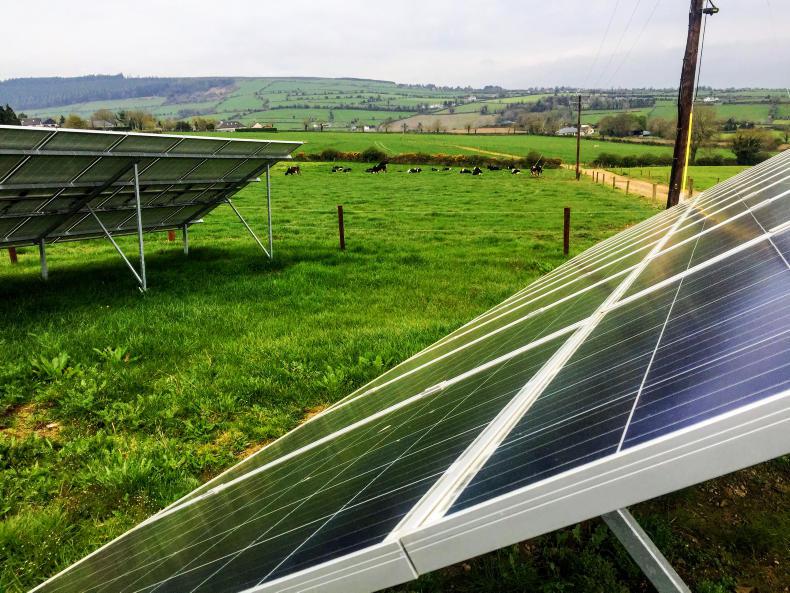
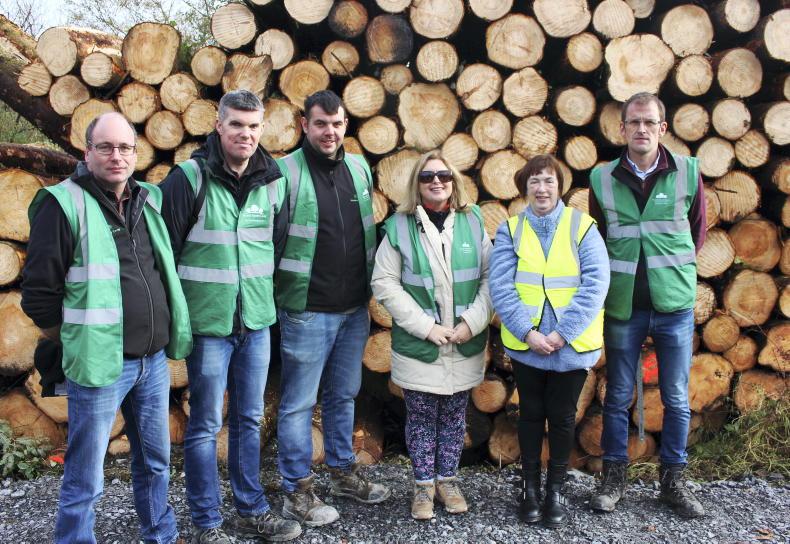
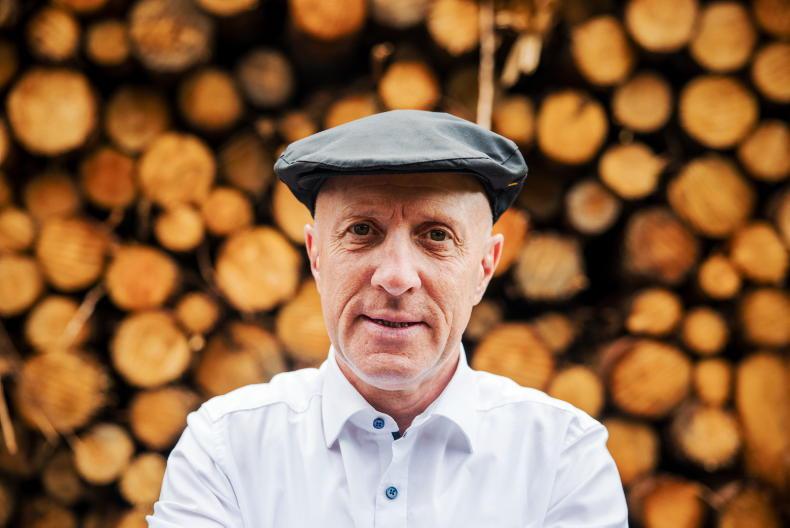
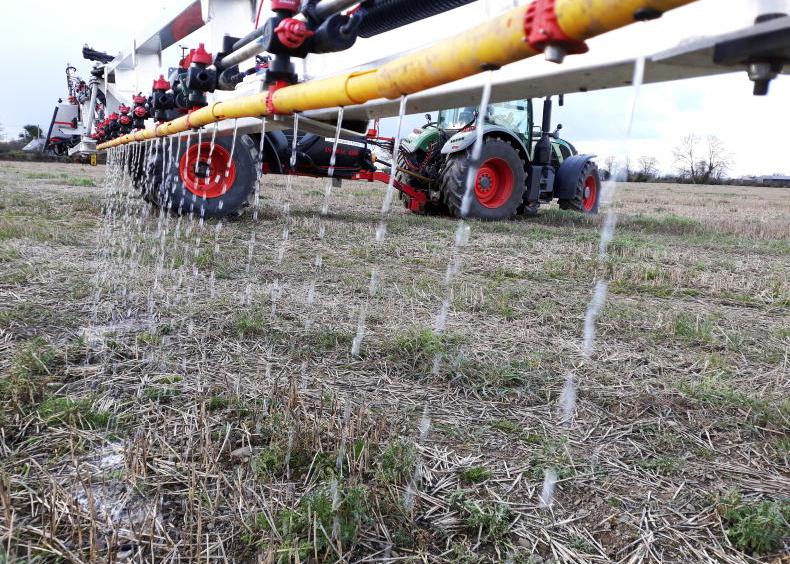
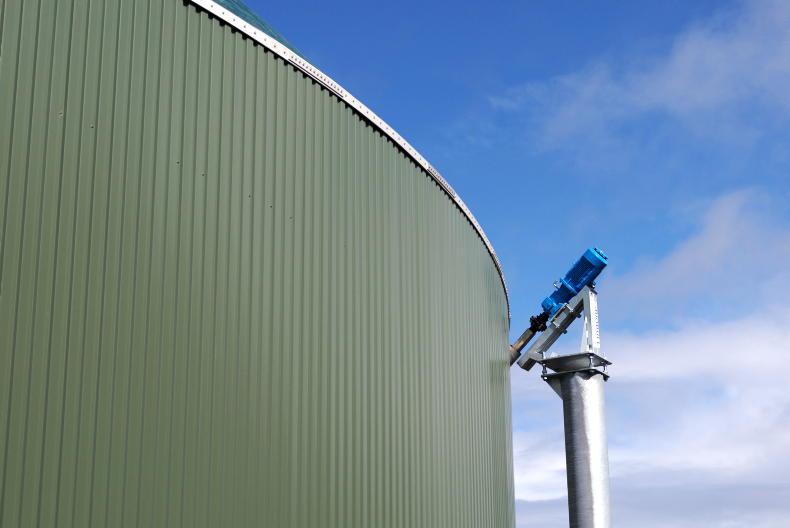
SHARING OPTIONS